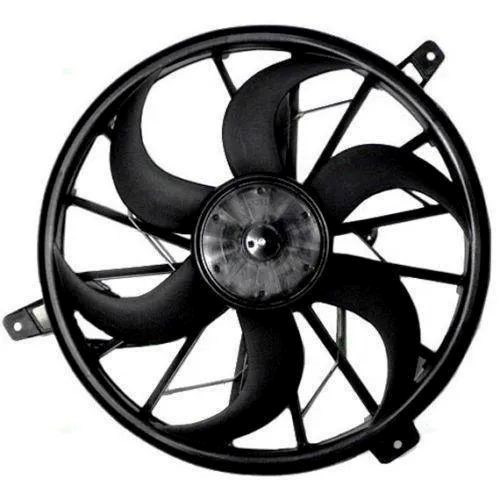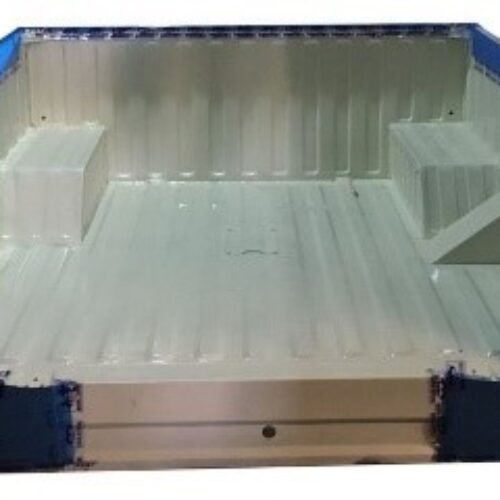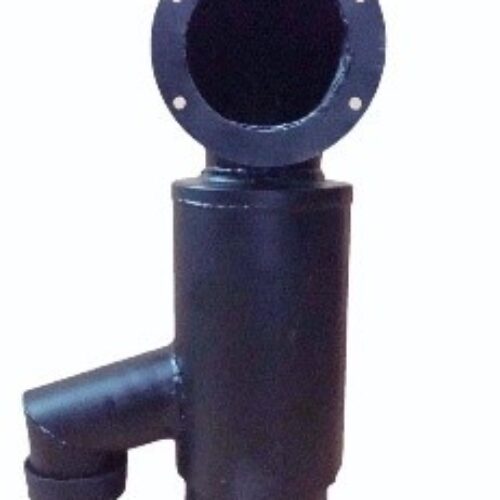Blower Fan/ Radiator Fan For Busch ,Leybold,GD, Economy, Tuthil, Toshniwal, Bekar,Vacuum Pumps 24.08 $ / Piece
Original price was: $25.50.$24.08Current price is: $24.08.Iron Side & Top Radiator Fan Jcb 3dx, For Industrial
Original price was: $50.00.$48.16Current price is: $48.16.
Product Specification
| Model Name/Number | Jcb 3dx |
| Material | Iron |
| Mount Type | Side & Top |
| Machine Type | Radiator Fan |
| Usage/Application | Industrial |
| Power | 110 v |
| Warranty | 12 Months |
| Minimum Order Quantity | 50 |
Did you like this product? Add to favorites now and follow the product.
Description
Historical Significance of Iron Side
The historical significance of Iron Side can be traced back to the dawn of civilization, where the transition from the Bronze Age to the Iron Age marked a monumental shift in human history. Early uses of iron can be identified in various ancient civilizations, such as the Hittites, who are often credited with pioneering iron smelting techniques around 1200 BCE. These techniques allowed for the mass production of iron tools and weapons, which were stronger and more durable than their bronze counterparts.
Iron smelting and forging techniques evolved significantly over centuries, leading to advancements in metallurgy that had profound impacts on different aspects of ancient societies. In warfare, iron weapons and armor gave militaries a decisive edge, contributing to the rise and fall of empires. The Assyrians, for instance, utilized iron chariots and weaponry to expand their territories and dominate the Near East.
Beyond warfare, iron played a crucial role in the development of agriculture. Iron plows and sickles revolutionized farming practices, increasing efficiency and productivity. This agricultural boom supported population growth and the establishment of more complex societies. Infrastructure also benefited from iron; the construction of buildings, bridges, and roads became more feasible and robust due to the availability of iron tools and materials.
Notable historical figures and civilizations made significant advancements thanks to their mastery of iron. The Greeks and Romans, for example, incorporated iron into their engineering marvels, such as aqueducts and fortifications, which have stood the test of time. These advancements in iron technology contributed to their dominance and cultural development, leaving an enduring legacy.
The availability of iron resources also had a substantial influence on trade routes and economic growth. Regions rich in iron ore became centers of trade and commerce, fostering economic interdependence between civilizations. The demand for iron goods spurred innovation and facilitated the exchange of ideas, further driving cultural and technological progress.
Cultural Impact and Modern Interpretations of Iron Side
Iron has held a profound cultural and symbolic significance across various civilizations. In mythology, literature, and art, iron is often depicted as a symbol of strength and resilience. For instance, in Norse mythology, the god Thor wields a hammer forged from iron, symbolizing his immense power. Similarly, in ancient Greek mythology, iron was associated with the god Hephaestus, the divine blacksmith, reflecting its importance in craftsmanship and industry.
In literature, iron frequently appears as a metaphor for fortitude and durability. Shakespeare’s works, for example, use iron to denote unyielding strength, while in more contemporary literature, it often represents industrial progress and the human spirit’s resilience. Artistic representations of iron, from sculptures to modern installations, continue to draw on these themes, celebrating both its physical properties and its metaphorical implications.
In modern times, iron remains a cornerstone of multiple industries. In construction, iron and its alloys, like steel, are fundamental due to their strength and durability. Skyscrapers, bridges, and other infrastructural marvels owe their existence to iron’s robust properties. The automotive industry, too, relies heavily on iron and steel for vehicle frames and engines, underscoring iron’s role in enhancing safety and performance.
The technology sector has also witnessed innovative uses of iron. From the development of advanced machinery to the creation of durable electronic components, iron’s legacy of strength and resilience continues to inspire new technological advancements. This enduring relevance highlights iron’s continuous impact on modern design and innovation.
However, the production and usage of iron carry significant environmental and economic implications. Iron mining and smelting processes are energy-intensive and contribute to environmental degradation. Efforts to mitigate these impacts include the development of more sustainable mining practices and the recycling of iron materials. Economically, iron remains a vital commodity, influencing global markets and industrial growth.
Thus, the legacy of Iron Side is not only etched in the past but also actively shapes our present and future, reflecting a blend of cultural heritage and modern ingenuity.










Reviews
There are no reviews yet.